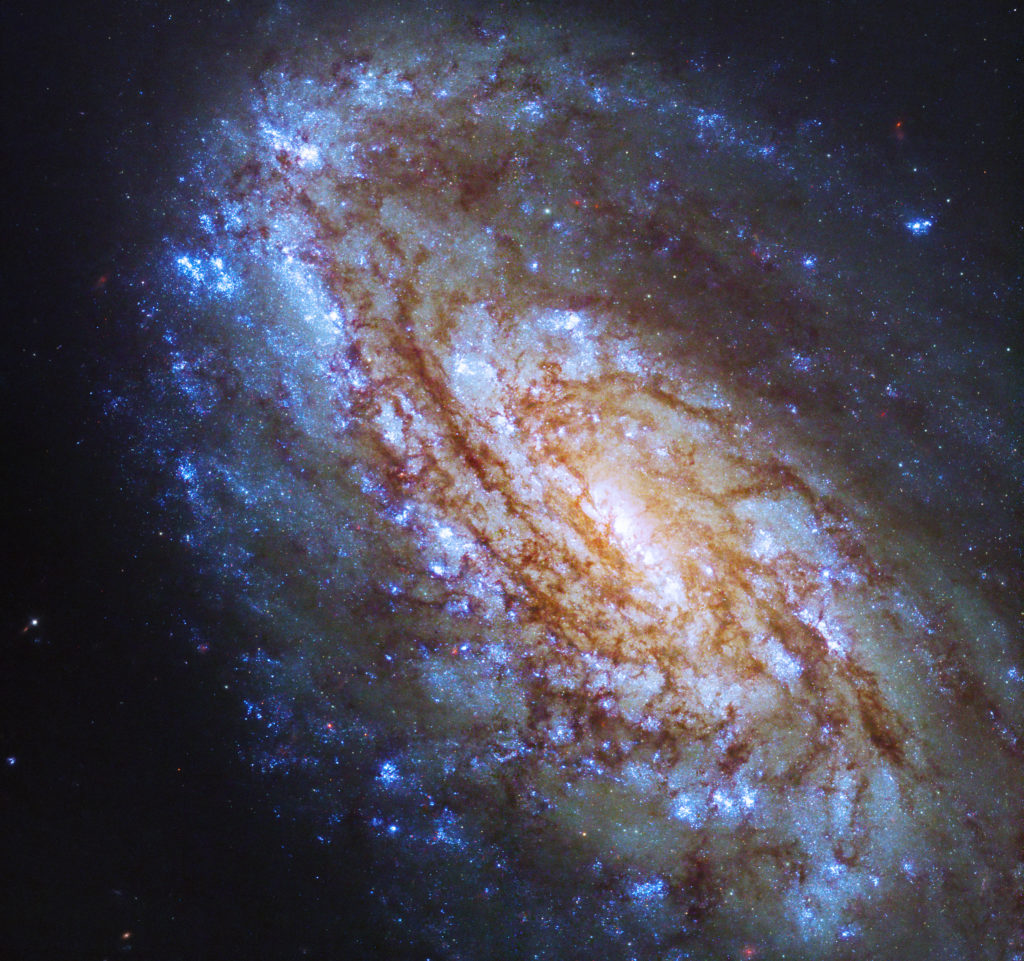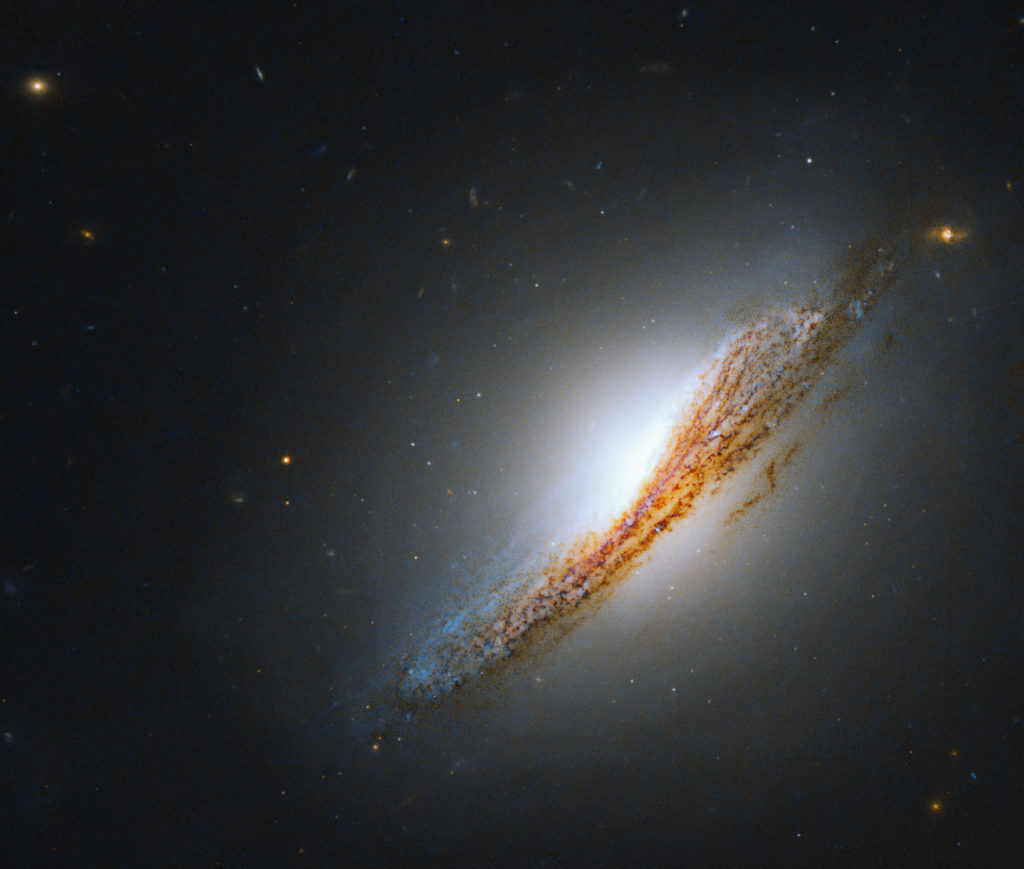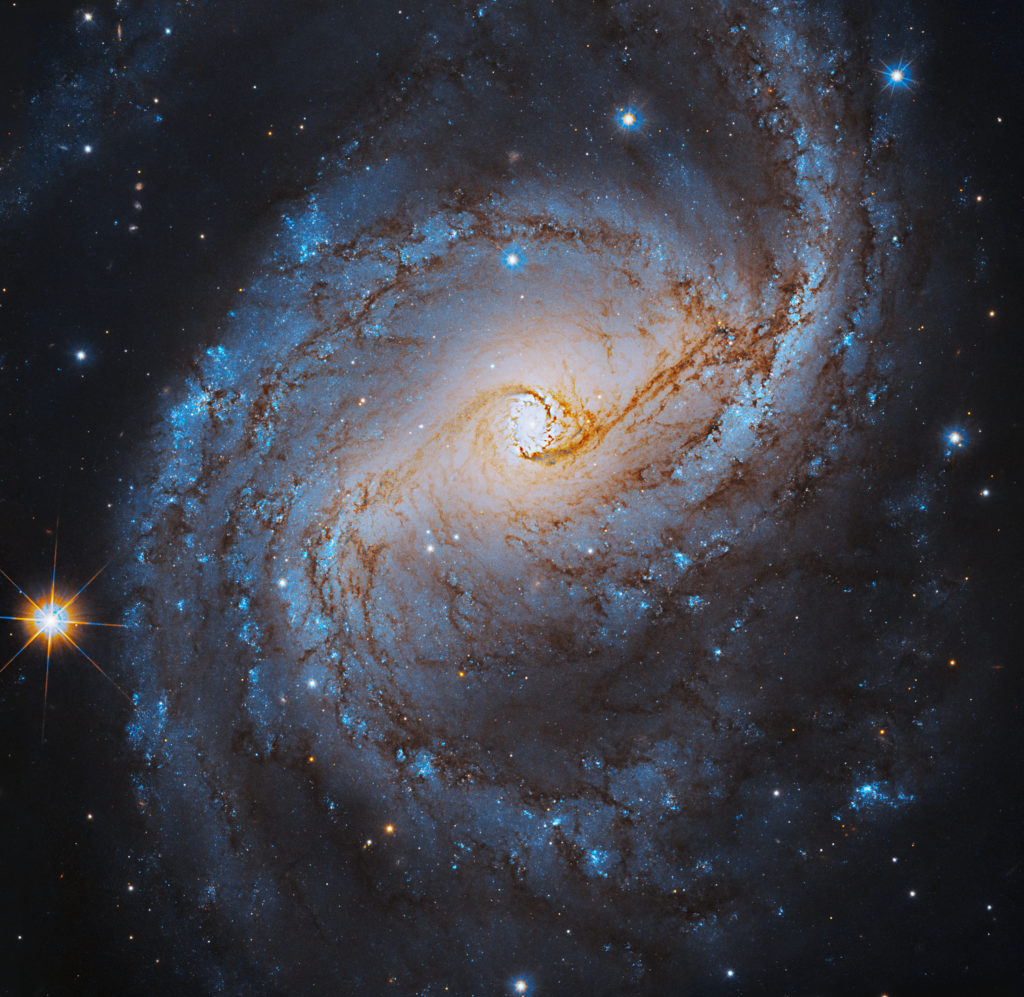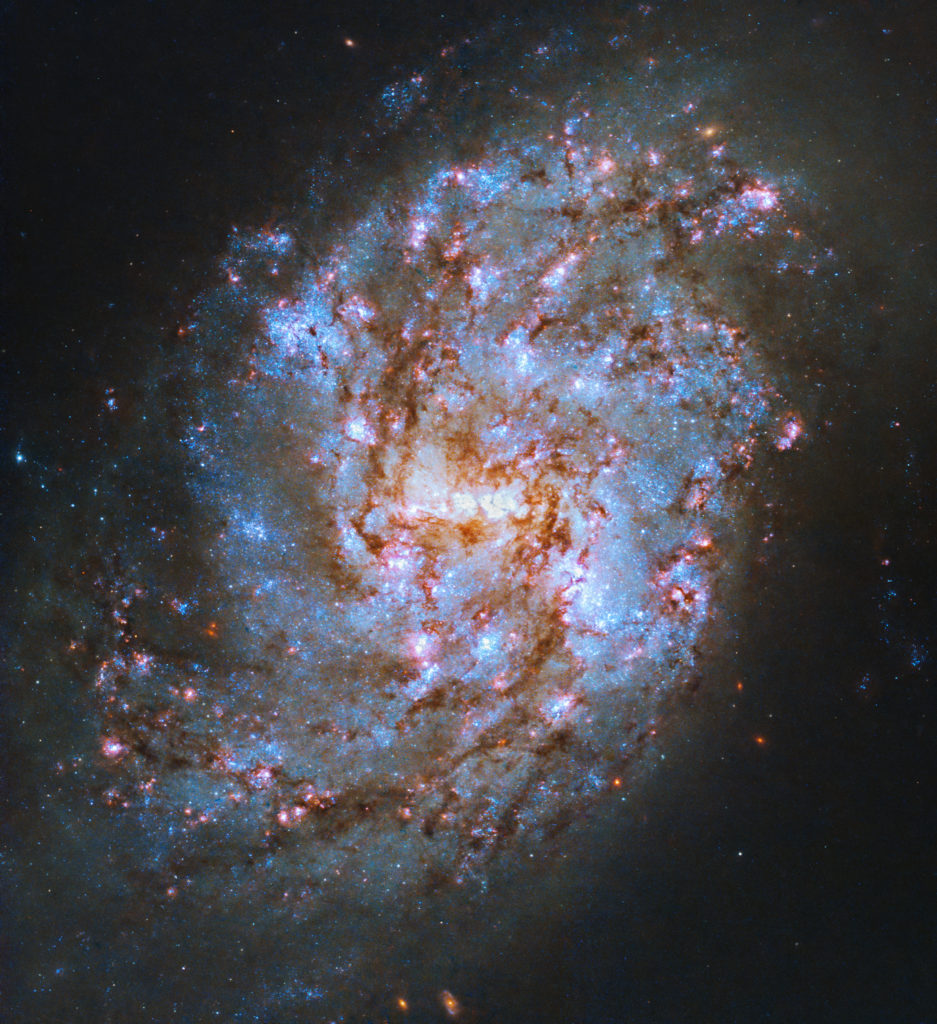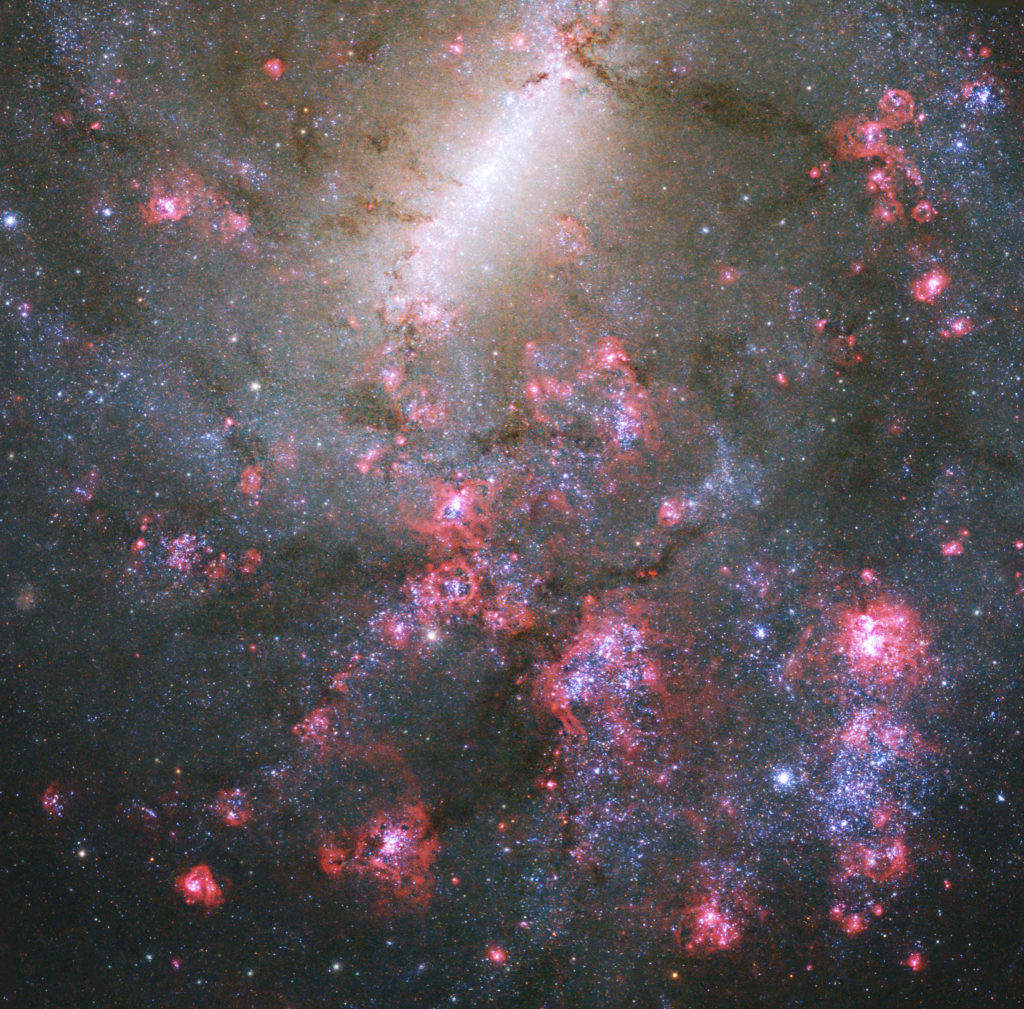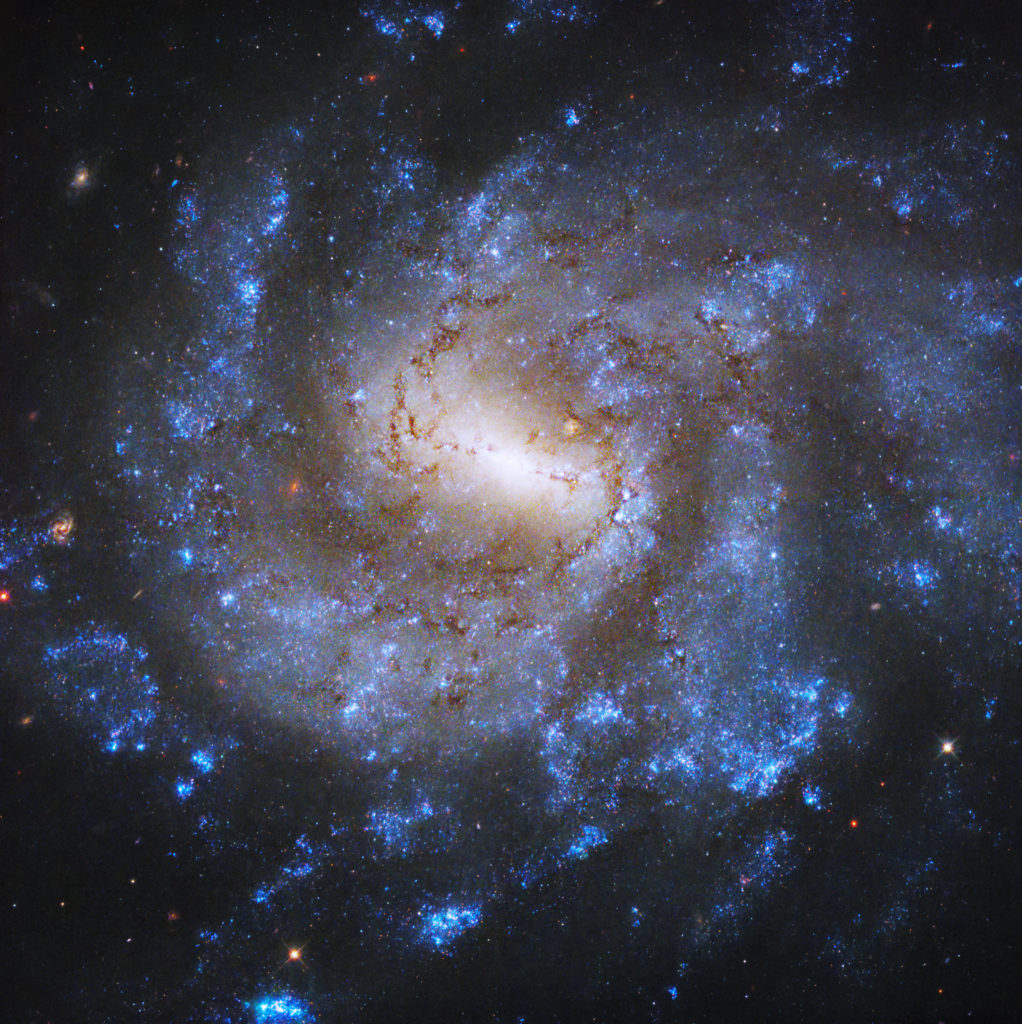Hubble Telescope Reveals 6 Distant Galaxies In Stunning Images
Discover the cosmos as the Hubble telescope reveals 6 distant galaxies, showcasing NASA's latest images that unravel the universe's profound mysteries.
Author:Hajra ShannonReviewer:Paula M. GrahamOct 11, 2023286 Shares17.8K Views
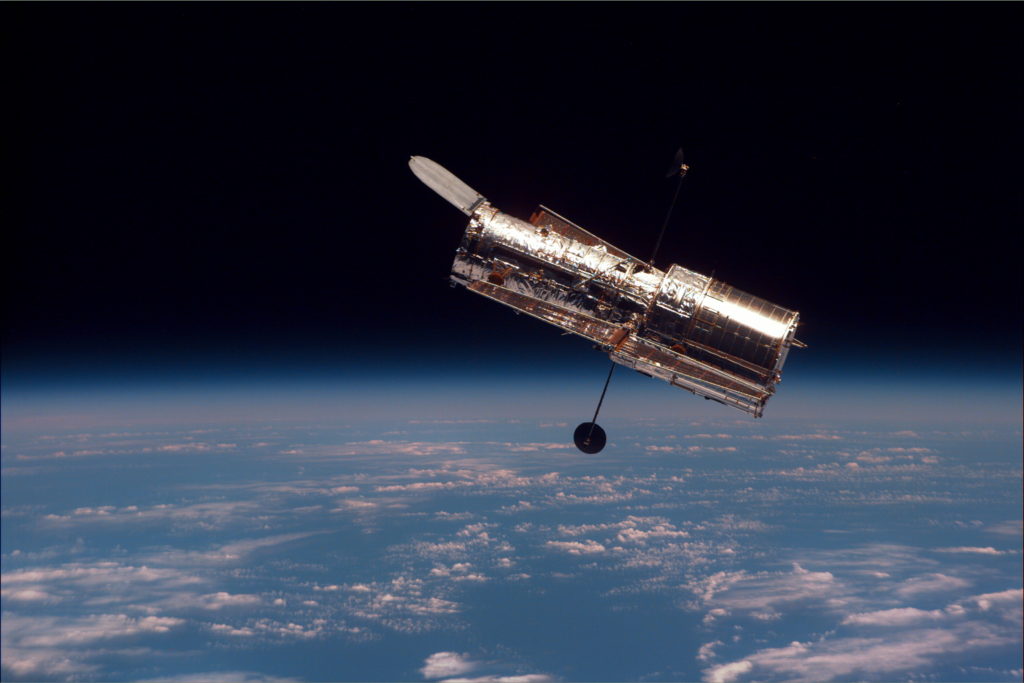
The Hubble telescope reveals 6 distant galaxies, captivating both astronomers and enthusiasts alike. NASA unveiled these six stunning images from the iconic Hubble Space Telescope last week, each offering a glimpse into the mysteries of our universe.
The Role Of The Hubble Telescope
The Hubble Space Telescope has made approximately 1.5 million observations over its three-decade-long watch on the cosmos. Orbiting Earth at 340 miles above the surface, Hubble captures light from celestial objects that would otherwise be obscured by our atmosphere.
NASA mentioned:
“„Different types of light offer different clues about distant celestial objects.- NASA
While visible and ultraviolet light help to uncover phenomena closer to Earth, infrared light provides a window into more distant events. This new batch of images enhances our understanding of phenomena such as star formation, evolution, and supernovae.
Glimpsing Into Distant Galaxies
The recent image releases coincide with "galaxy week," where attention is turned toward the vast expanses beyond our own Milky Way. Here's a deeper dive into some of the galaxies:
NGC 4654
Located in the Virgo constellation, this intermediate spiral galaxy is about 55 million light-years from our planet. "Like other Virgo cluster galaxies, NGC 4654 has an asymmetric distribution of stars and neutral hydrogen gas," NASA noted. Such galaxies aid in understanding the relationship between young stars and the cold gas essential for their formation.
NGC 612
Found in the Sculptor constellation, this rare lenticular galaxy lacks spiral arms but features the same central bulge. At around 400 million light-years away from Earth, NGC 612 is one of only six identified non-elliptical radio galaxies. "It shows significant radio emissions," said NASA. Researchers are still working to decipher the cause of these emissions.
NGC 6951
This galaxy, with a supermassive black hole at its core, sits 78 million light-years away in the Cephus constellation. Around the black hole is a "circumnuclear ring" of stars, gas, and dust that has persisted for 1 to 1.5 billion years. NASA shared that "six supernovae have been observed in this galaxy over the past 25 years," offering a unique perspective on the environments that create supernovae.
NGC 1087
Found in the Cetus constellation, this barred spiral galaxy uses colors to narrate its story. According to NASA, "The red signifies the cold molecular gas from which stars form, the pink denotes areas where new stars are developing, and the blue spots represent hot, young stars." Notably, NGC 1087 continues to form new stars, contrary to typical barred galaxies.
NGC 5068
This galaxy, located 20 million light-years away in the Virgo constellation, stands out for its abundant interstellar dust and numerous star-forming regions. "The pinkish-red regions are home to young star clusters," NASA remarked.
NGC 685
Another barred spiral galaxy, NGC 685 is situated in the Eridanus constellation, roughly 58 million light-years from Earth. Bright blue spots on its arms signify gravitationally bound star clusters, while red patches represent the crucial interstellar gas and dust.
In connection with the release of NGC 6951's image, NASA poetically described it: "Bright blue spiral arms, pinpricks of star clusters and trails of dark orange dust." This galaxy, in particular, caught the attention of many for its stunning beauty.
The James Webb Space Telescope's Role
The James Webb Space Telescope, Hubble's contemporary peer, is designed to capture mid and near-infrared light. This allows the telescope to peer further into the universe, potentially uncovering some of its oldest secrets.
For instance, this summer, the James Webb Space Telescope provided an infrared image of NGC 5068, aiming to study "star formation in gaseous regions of nearby galaxies."
Final Thoughts
The Hubble Space Telescope continues to astonish the world with its incredible discoveries and images. Each galaxy it captures, like NGC 6951, serves as both an educational tool and a work of art, furthering our understanding of the vast cosmos. As NASA continues its campaign, unveiling a new Hubble image each day from Oct. 2 to Oct. 7, the world eagerly awaits the next breathtaking view into our universe.

Hajra Shannon
Author

Paula M. Graham
Reviewer
Latest Articles
Popular Articles
